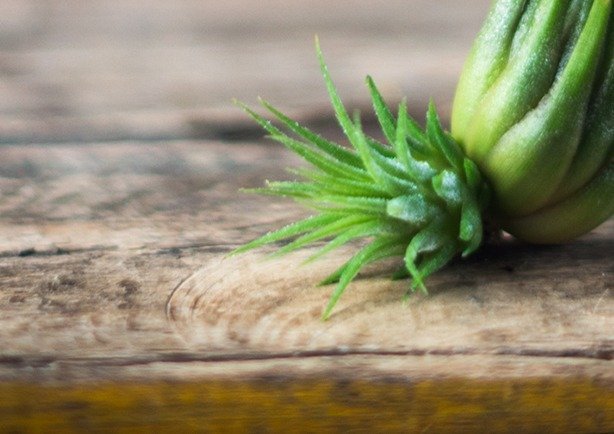Air Plant Care
Air Plant Blooming and Care
Hello, Air Plant Enthusiasts.
This post is more for the new air plant parents as there is commonly confusion about air plant care. I will explain the air plants so that you can understand your plant better. Firstly, most air plant guides are good! But most air plants are different. Some need more of one thing than the others. Air plants get their nutrition from water, like any other plant. Not the air. It absorbs moisture in the air. This is done through little white fuzzies on its leaves call Trichomes. Some air plants very obviously have it (tectorum) and some are harder to notice (juncifolia). The roots have lost their ability to absorb water as the leaves took this job. And the roots do no more than hold it onto surfaces in the wild. This means you can safely trim roots off your plant. The Trichomes are important. They need water, but they also need air to stay alive. They are still plants and will rot when drowning. When enough trichomes drown, the leaves it is on will also drown. This is why it is important to not overwater your plant. The formation of the plant can also leave it prone to drowning. Bulbosas, for example are easy victims. While funkiana and juncifolia tend to survive soaking. Like any plant, exposing them to sunlight when they’re wet will cause sunburn. Water intensifies sunlight and literally causes the trichomes to burn. Keeping your air plant dry is very important. They are made for periods of dry climate. Desert and other arid areas are where they are native. It is best when you simulate that for them. Your leaves’ shape also determines care. Thin leaves like on junci and funki tend to need water a bit more often. They don’t retain water as easily as say… A medusae. And then tectorums need much less water despite thin leaves because it is covered in huge trichomes. Medusae need less water than butzii again because of trichomes. Most of your air plant guides will usually be referring to care of ionathas and abditas. Wider leaves compared to its core/base. Trichomes are small and fuzzy and less noticeable than, say, a medusae. Your air plants do best in warm climates. If you feel chilly, they’re feeling cold too. Keep them away from open windows during winter. They like sunlight. But they do burn easy so keep them under some shade or make sure the exposure isn’t the full day. Your plants change color when they prepare to bloom. Just like any other organism (including you!), they spend a lot of their nutrients to grow a pup, a baby plant. Bromeliads fertiliser is great to use on blushing plants to give them some extra energy. Rain water isn’t bad either… Though I do avoid this as my rainwater is often drip off from elsewhere and may have copper in it. Copper is poisonous to air plants. If your plant pups, they can be pulled off when mature. This is often when they’re about two thirds the size of parent. Air plants grow slowly. From seedling to maturation, most plants take three years. The plants also tend to bloom only once. When the flower dies and it has its pup, it will also slowly die after. This can happen in a month or years. We have a wide variety of Air Plants to choose from. Head on to the Shop section or WhatsApp/Call Us on 97437-11047.


thank you airplantplanet for giving me wonderful information
Thank You Rohit 🙂